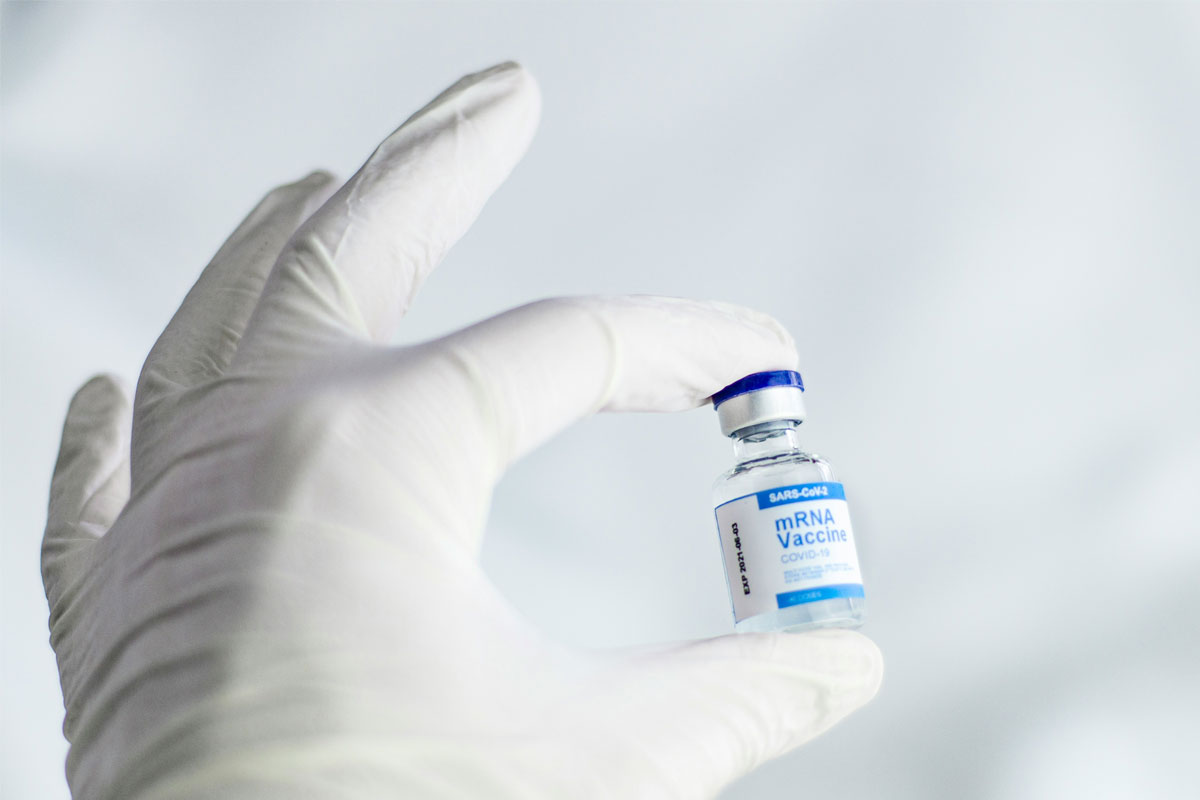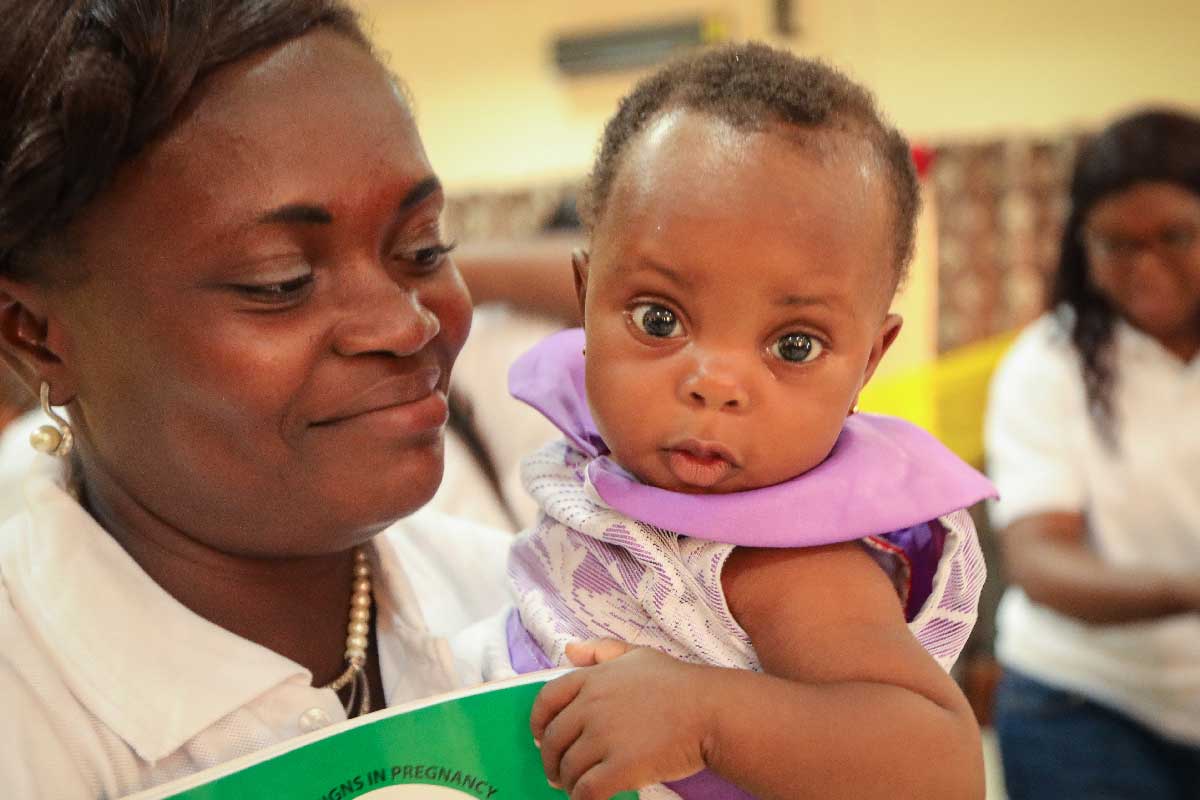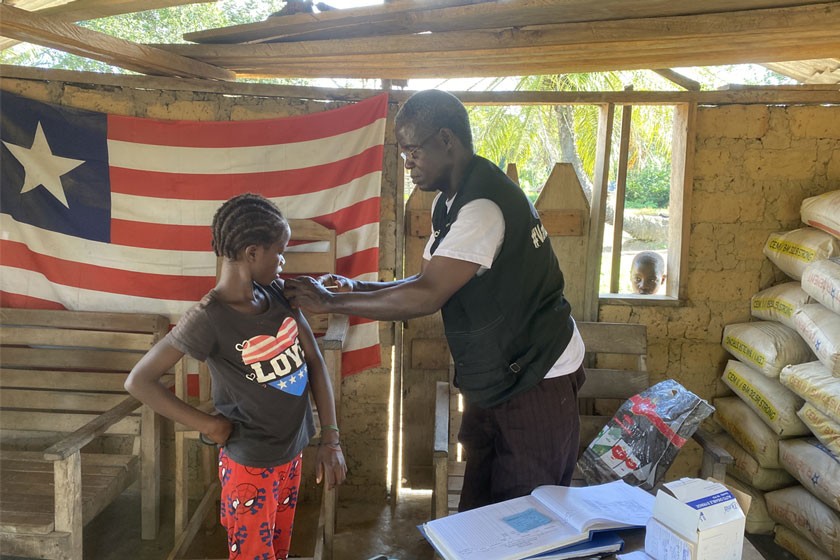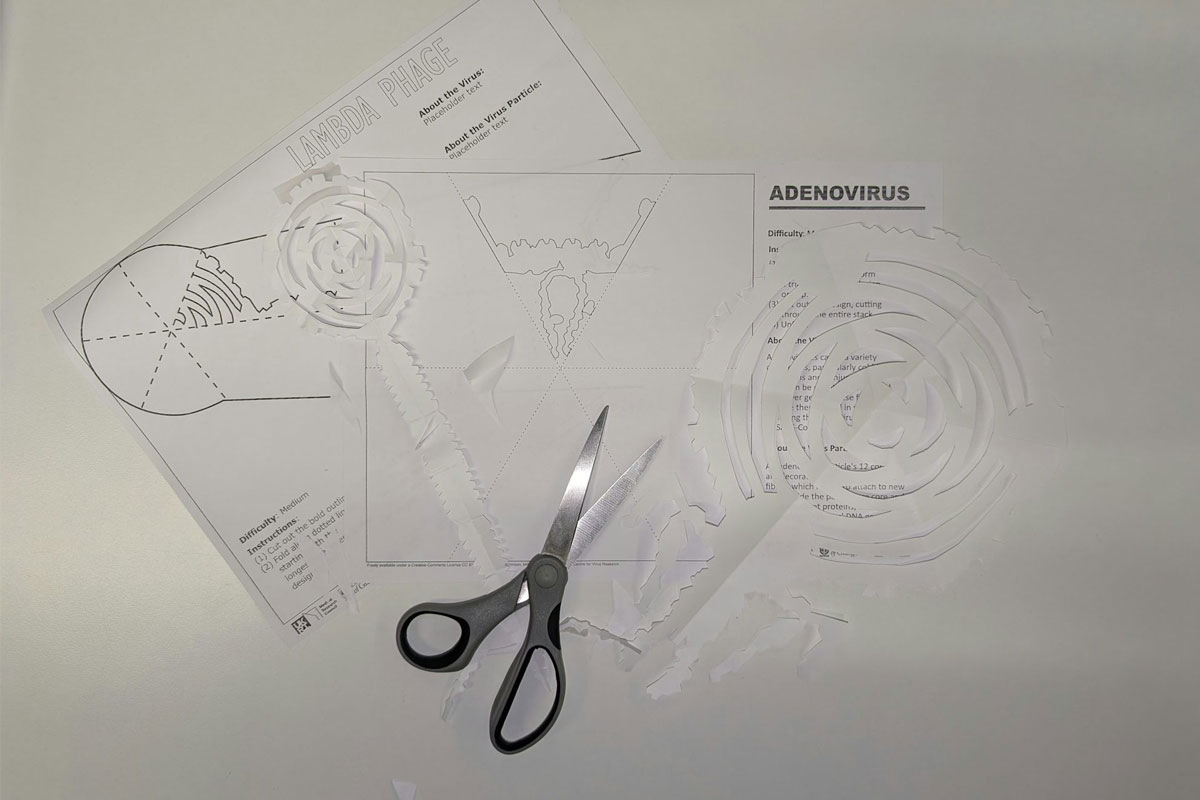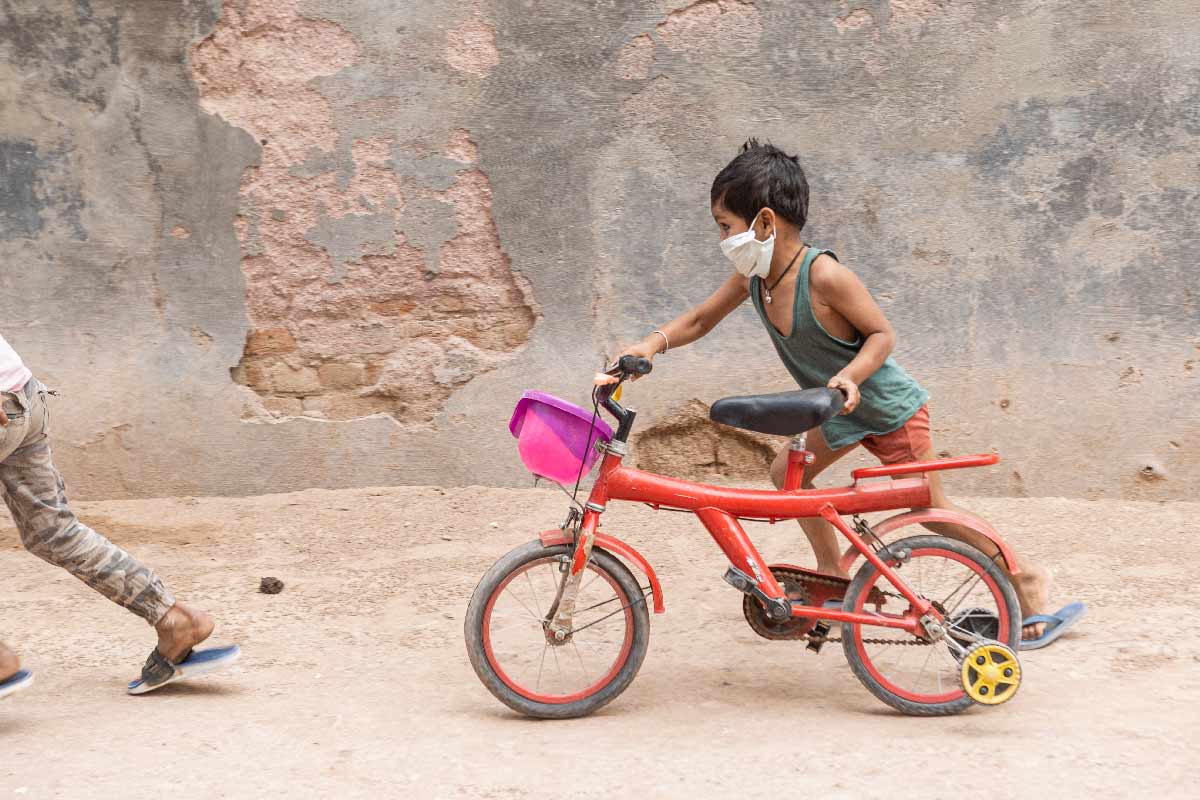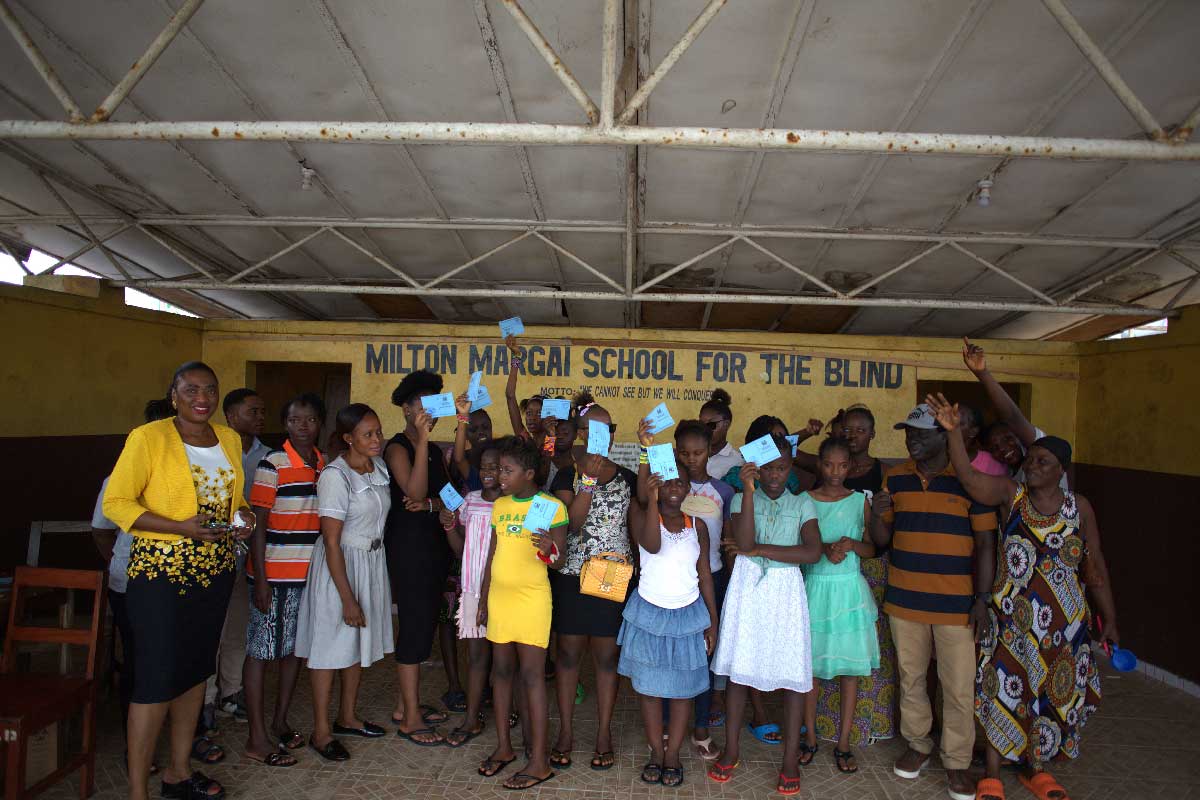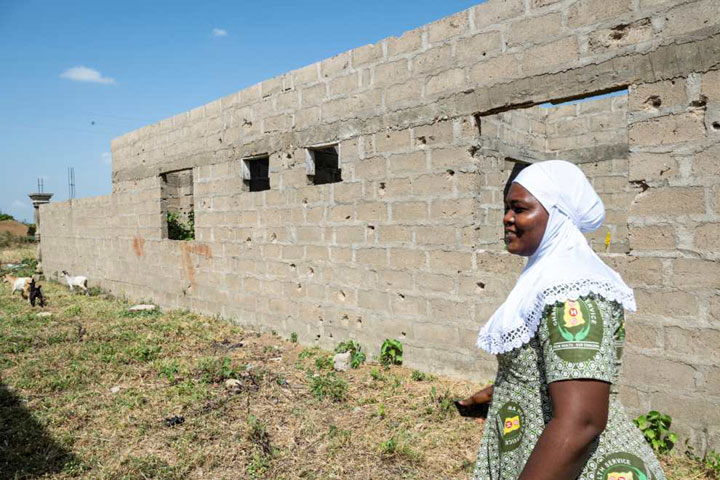Everything you need to know about global emergency vaccine stockpiles
Emergency stockpiles ensure that vaccines are available and ready for deployment when disease outbreaks strike says Dr Allyson Russell, Gavi’s Senior Programme Manager for Outbreaks and Global Health Security.
- 28 April 2025
- 5 min read
- by Linda Geddes
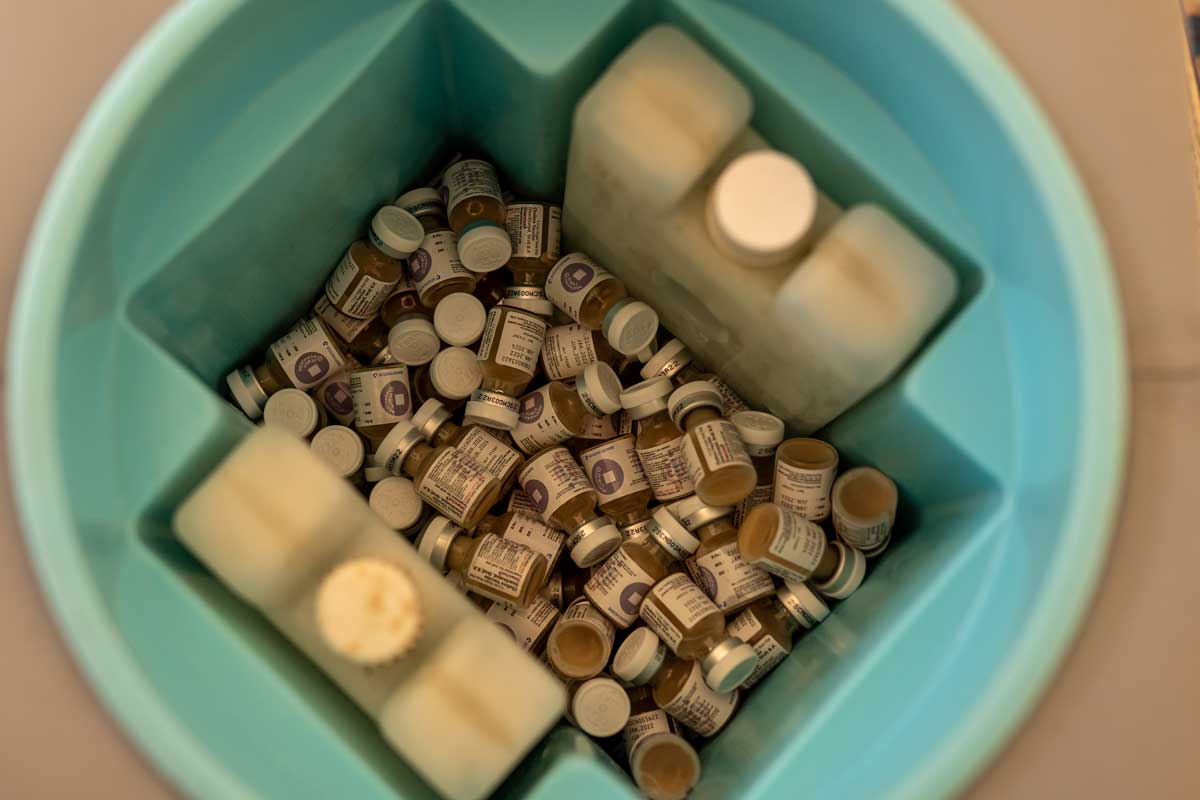
What is an emergency vaccine stockpile?
Emergency stockpiles are our way of making sure that vaccines that countries need for outbreak response are available very quickly and can be distributed to any country in the world in an equitable way.
Why are they needed?
When there’s a disease outbreak, responding very quickly is usually the best way to make sure we minimise both the number of lives and communities who are affected by the disease in the short term, and, in some cases, experience long consequences of these outbreaks.
By setting up stockpiles, we make sure that the vaccines are physically available and ready for rapid shipment, rapid deployment, so that when there are cases confirmed, we can be vaccinating and protecting unprotected individuals within a matter of weeks.
What do these emergency stockpiles consist of?
The stockpiles are physical stockpiles: they’re cold rooms with vaccines sitting in them, ready for shipment. In some cases, if the devices for delivering the vaccine are very specific to the vaccine, then those devices are also stockpiled so that they are available. This is the case for the Ebola vaccine, but most of the vaccines that we use are fairly easy to deliver, e.g. the cholera vaccine is oral, and you don’t need anything except for the vaccine vial itself, and some of the other vaccines use the same syringes that are used for routine immunisation programmes, so what the country has they can use, and that can be replenished as needed.
How many vaccine stockpiles are there?
Gavi, the Vaccine Alliance, is currently funding four stockpiles managed by the International Coordinating Group (ICG) on Vaccine Provision. These are for yellow fever, meningitis, Ebola and cholera.
The first stockpile established under the ICG was the meningitis vaccine stockpile in 1997, and the most recent one is the Ebola vaccine stockpile that was set up in 2021. There are others that are being considered, like mpox and hepatitis E.
Which countries can access these stockpiles?
Countries may have their own health security stocks of vaccines as well, but the stockpiles that Gavi funds are a global good, meaning any country in the world can access these vaccines.
Countries that usually receive Gavi support receive the vaccines completely free of cost, as well as funds to implement the vaccination activities. Other countries can request the vaccines and receive them in the same amount of time; in these cases, the doses are pre-financed by Gavi, but there’s an obligation to repay for those vaccines.
Who decides how many vaccines to stockpile, and how to allocate them during emergencies?
Because there’s a limited number of vaccines, we need to make sure that they’re being used equitably and are having the greatest impact where they’re being sent. So there’s a group of four partners, known as the International Coordinating Group (IGC) on Vaccine Provision, which are the World Health Organization (WHO), UNICEF, the International Federation of Red Cross and Red Crescent Societies (IFRC), and Médecins Sans Frontières (MSF) each of which have technical leads who form the IGC’s decision-making body for the stockpiles.
Countries will submit a request that meets clear criteria about confirmed cases, or they can also request access in humanitarian contexts, e.g. there may not be confirmed cases yet, but there’s a refugee camp at very high risk and they want to vaccinate pre-emptively to prevent any outbreak. These four partners will assess the request against the criteria for approving these doses, ensure that the target population and the vaccines requested are really what’s needed, and aim to reach a decision within 48 hours, which is communicated to UNICEF. It places the order, and those vaccines are then shipped.
The decision about how many doses to stockpile is based on the best analysis we have about how many doses are needed at any given time, based on the likelihood of outbreaks happening, the size of those outbreaks and how many doses might be needed to stop them. The IGC also reviews this on an annual or as needed basis, and then Gavi and UNICEF work together to see what can be funded with the resources that we have.
UNICEF issues the tenders for procuring the vaccines, and the different manufacturers make offers for supplying the vaccines to the stockpile. This includes the terms of the shipment; we need to make sure that the vaccines can be shipped within a couple of days of an order being placed.
Where are the emergency stockpiles physically located?
It depends, but usually these vaccines are sitting with the manufacturer in designated storage refrigerators – although the manufacturer can also outsource their management. This means the stockpiles could be in any part of the world, depending on where the manufacturer is able to store and manage them, e.g. the cholera vaccines are with the manufacturer in South Korea, while the Ebola vaccines are in Switzerland.
Have you read?
How do these stockpiles get replenished?
In some cases, the stockpile consists of an annual amount, where we don’t think we’re going to need more than this each year. The way this is contracted is that once a year an order is placed to replace all the doses that have been used, to reach the target amount again. This is easier where the disease shows a seasonal pattern e.g. meningitis outbreaks in sub-Saharan Africa so you have time to replenish ahead of the next season.
However, for cholera the stockpile is set at five million doses, and if we have this number, we can usually manage the cholera outbreaks that are happening at any given time. What’s different for cholera is the replacement rate: currently we are replacing those five million doses every month – so, we’re using five million, and we’re replacing five million. Over the last few years, we’ve been working very hard to increase production capacity, so that we can replace those cholera doses faster.
In general, the stockpile targets are set fairly high to make sure the vaccines are available that need to be there. For Ebola and meningitis, this sometimes means we have vaccines sitting there which haven’t been used. So, we are also working on developing ways to repurpose those vaccines preventively, e.g. when they have 12 months of remaining shelf life, those doses could be sent to countries that have a high risk, but no outbreaks yet, and used to vaccinate people preventively.
